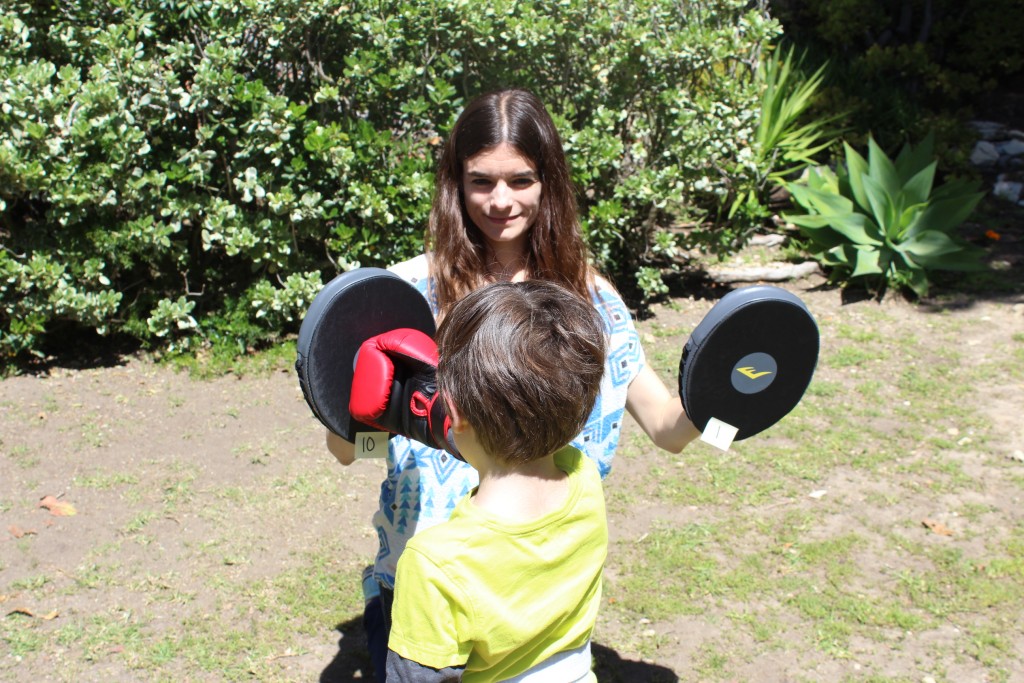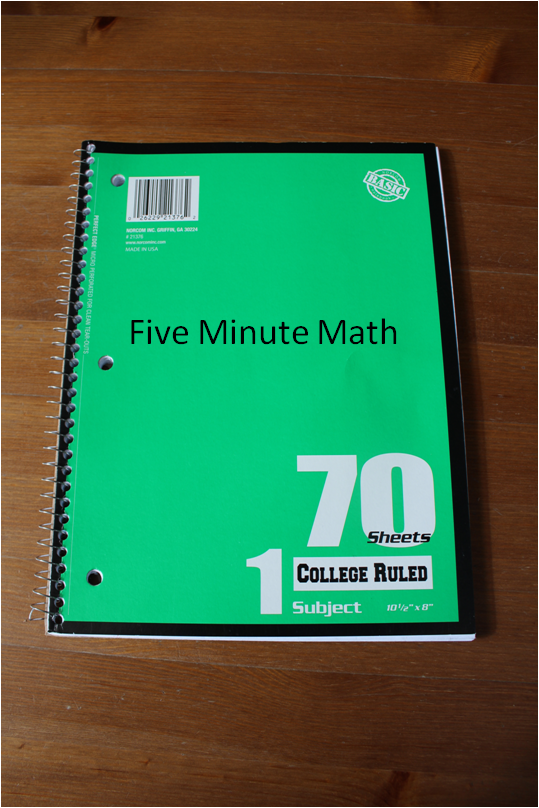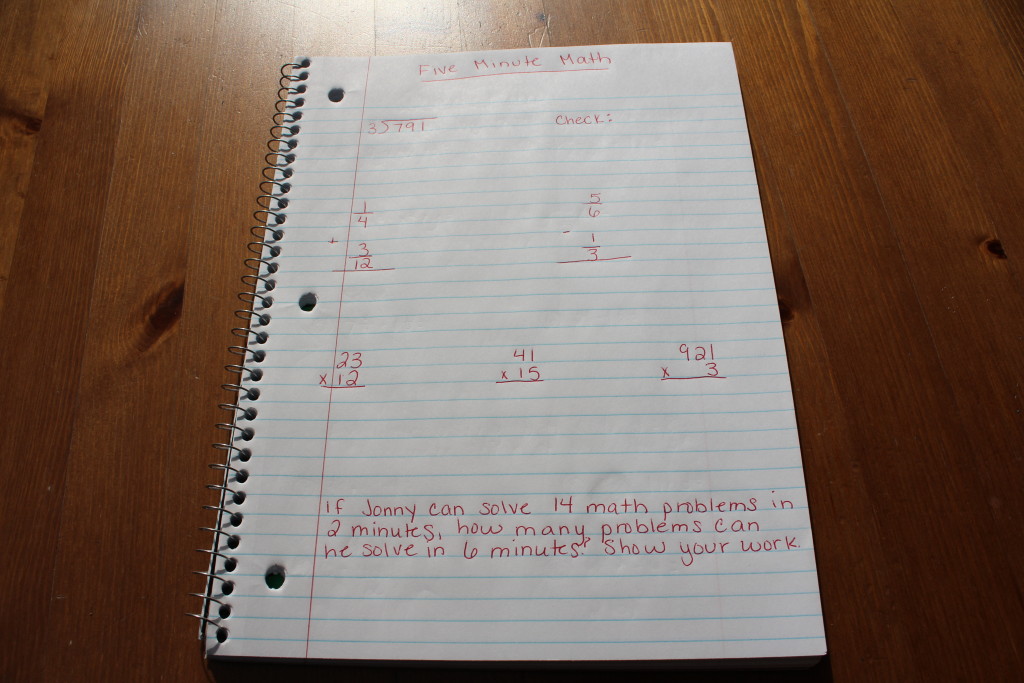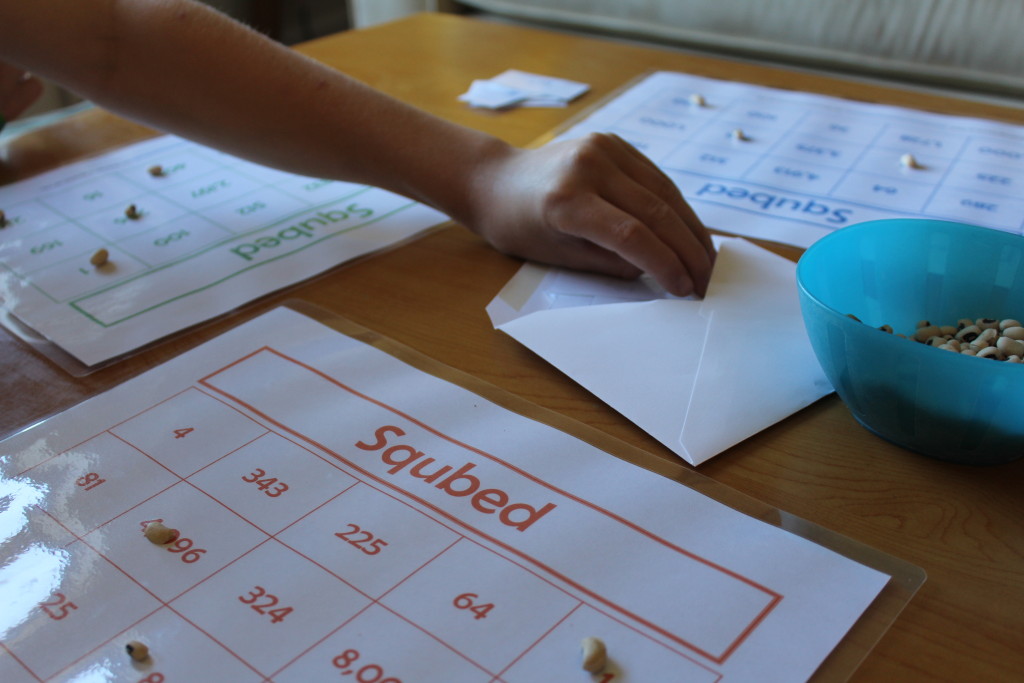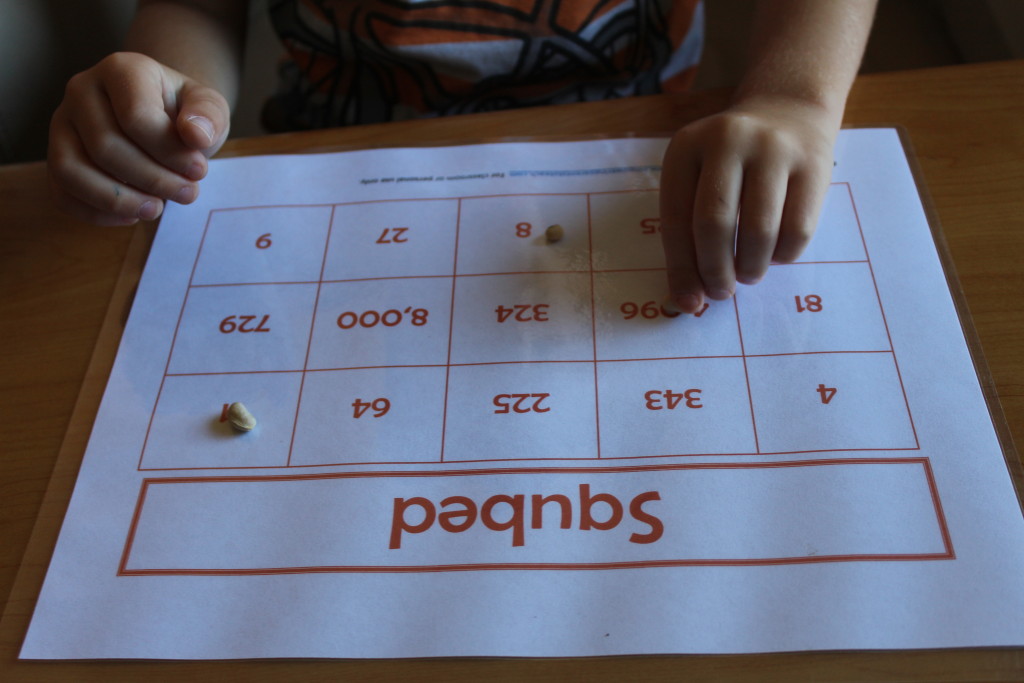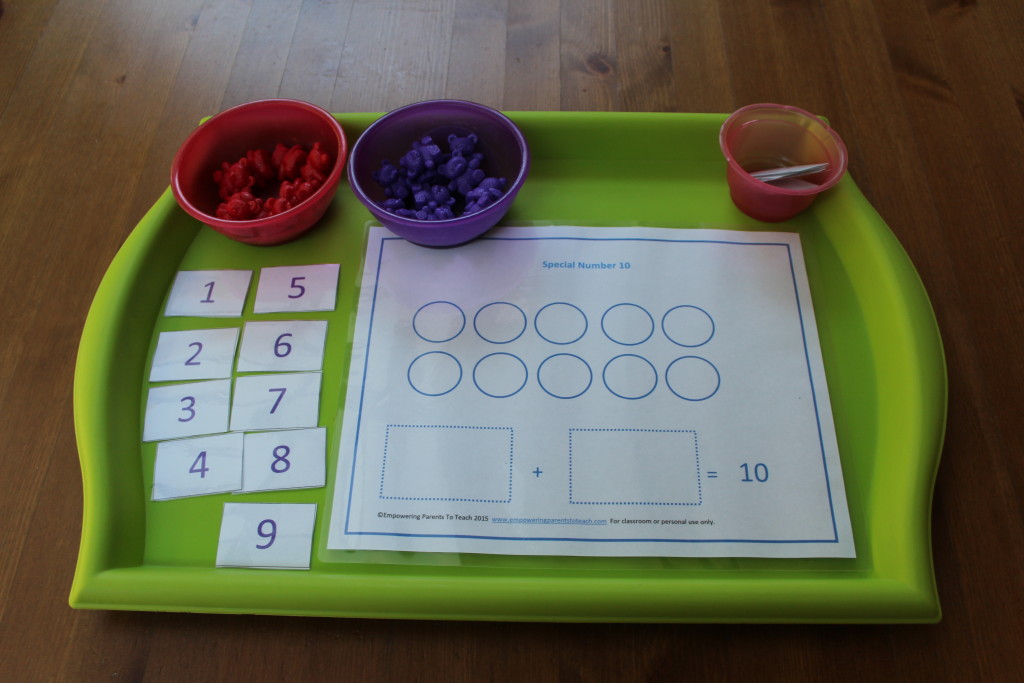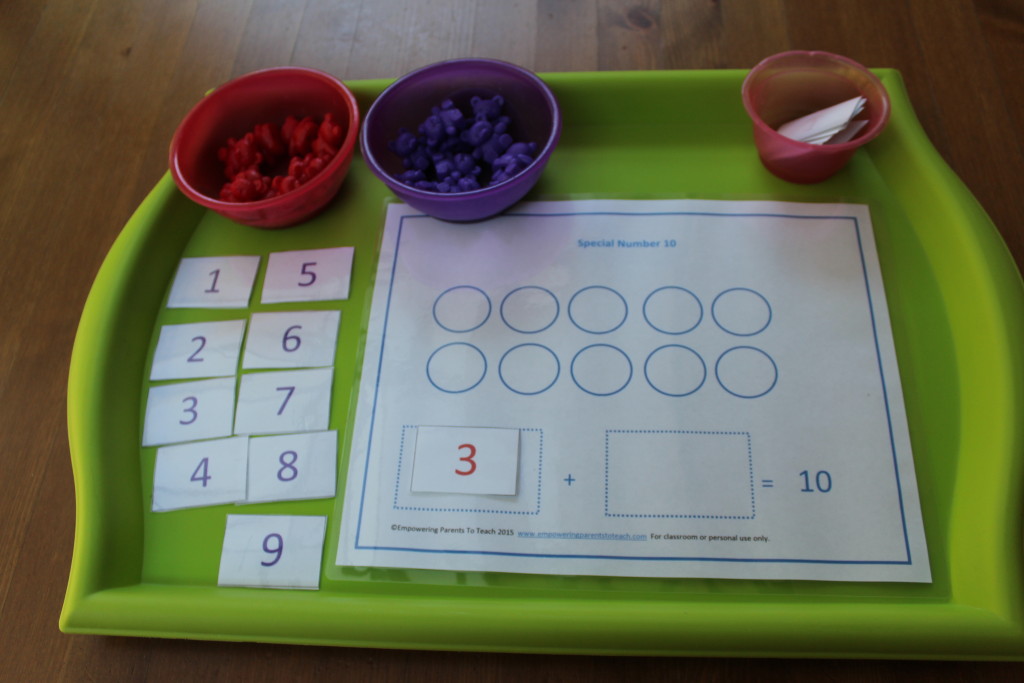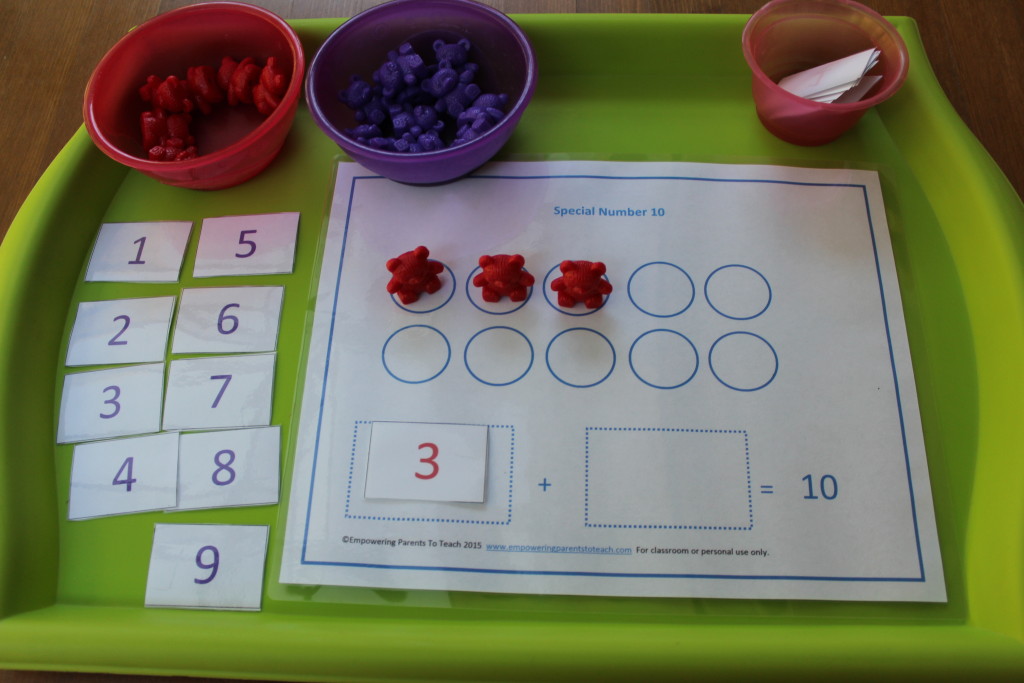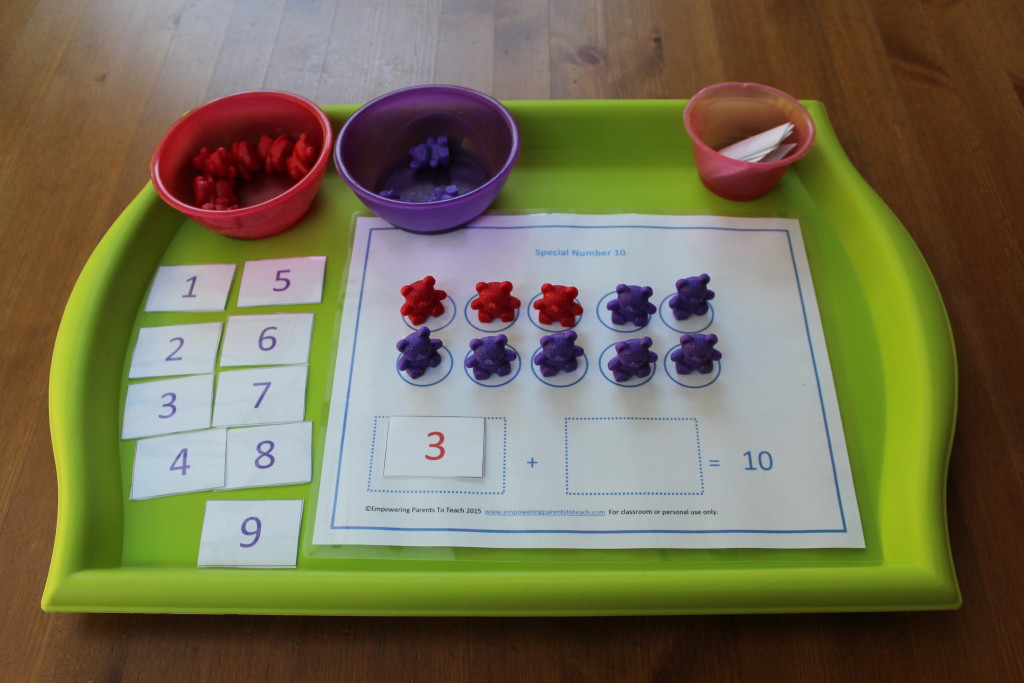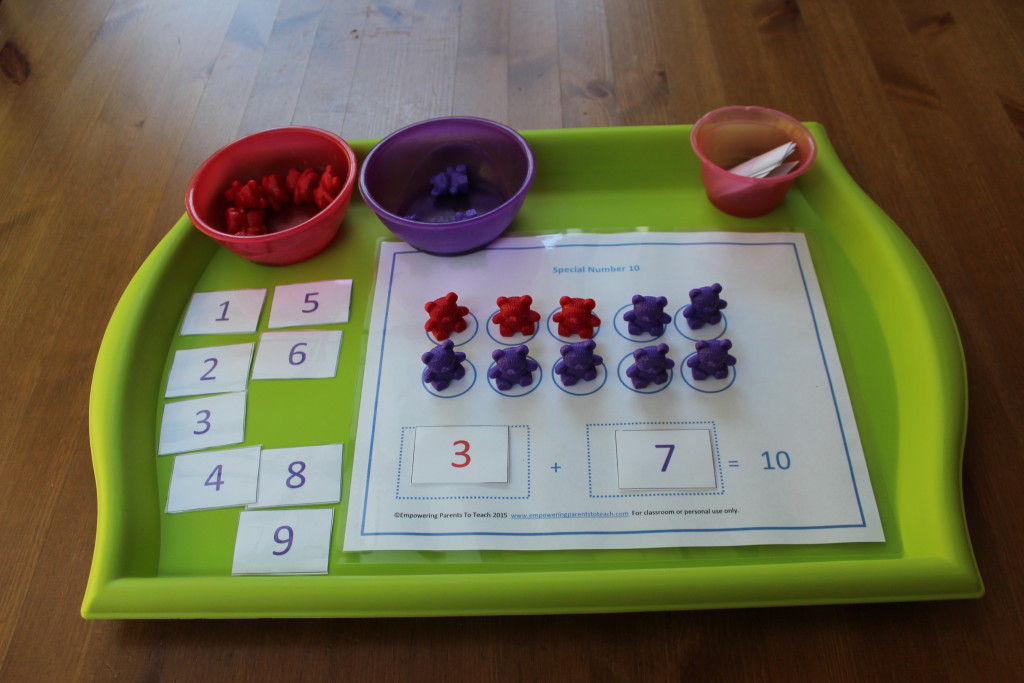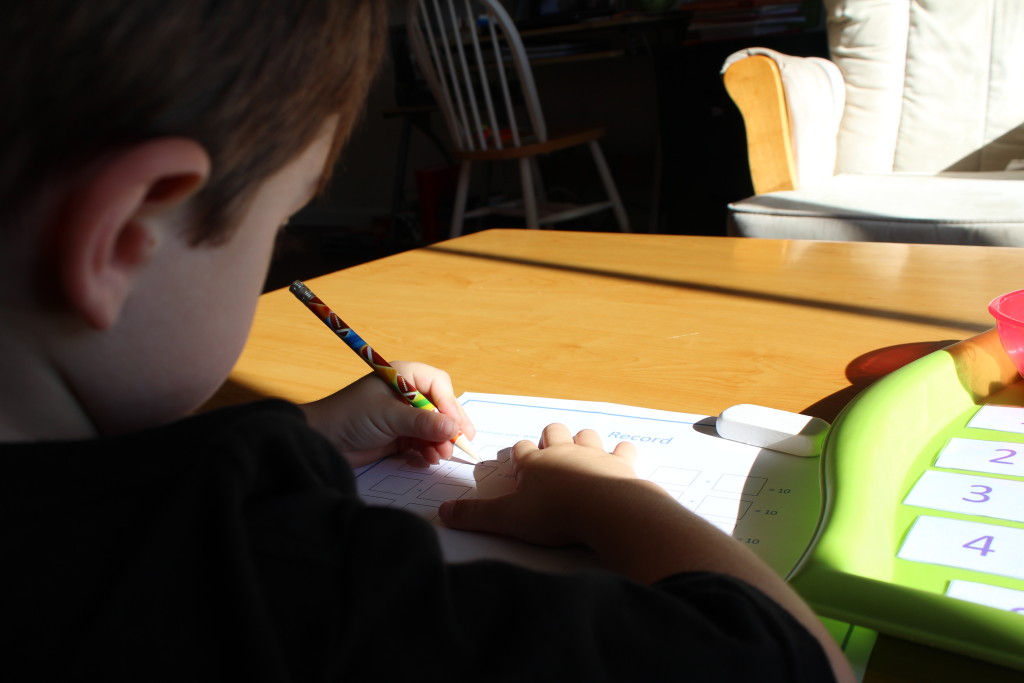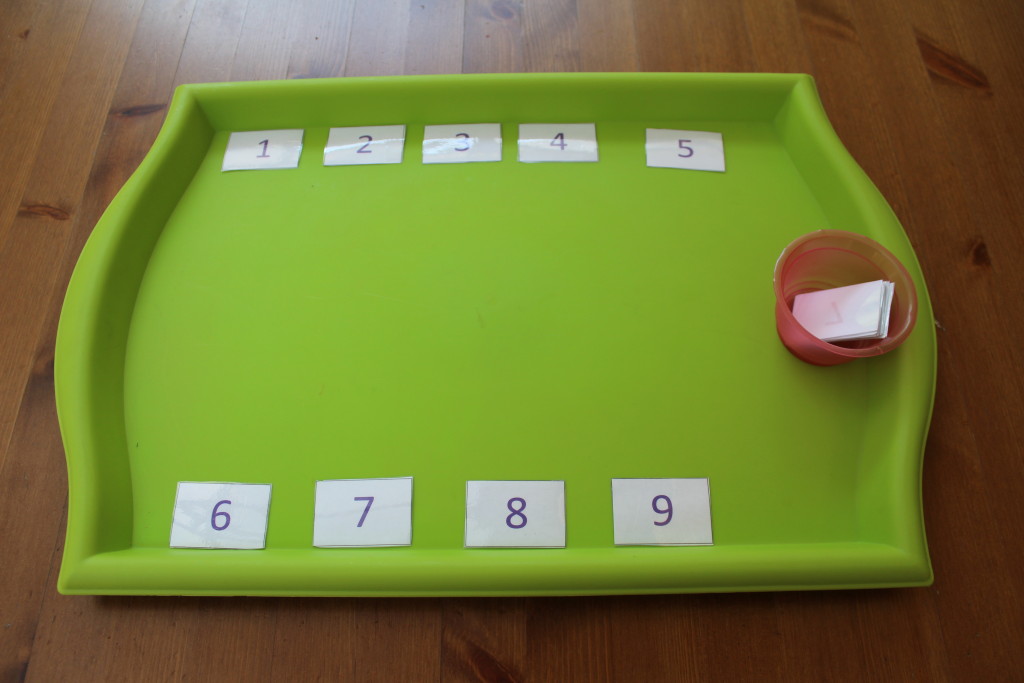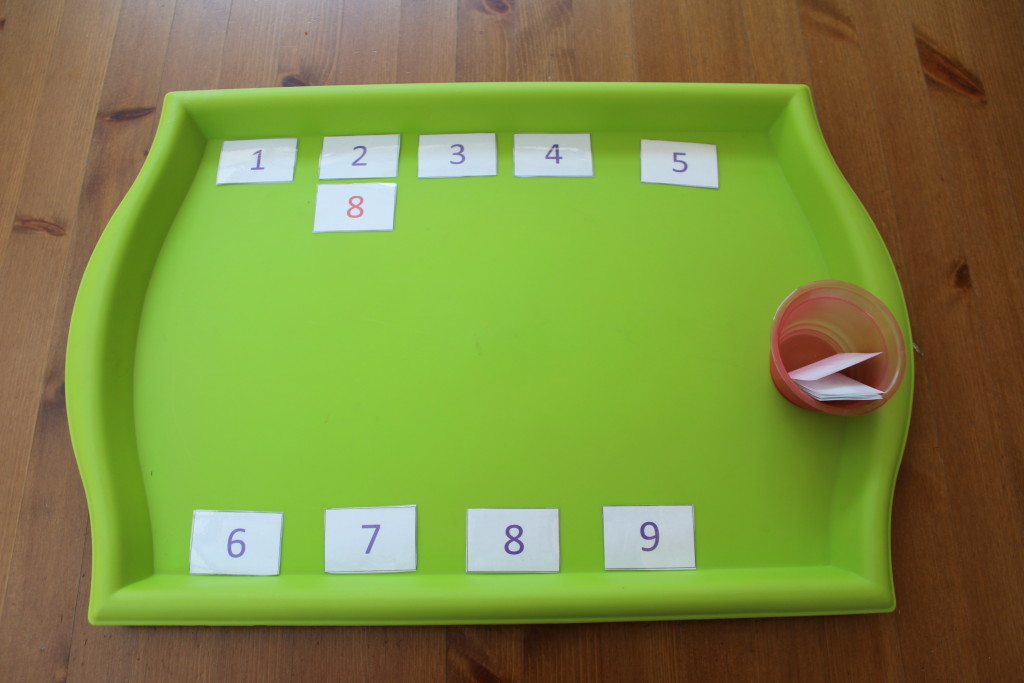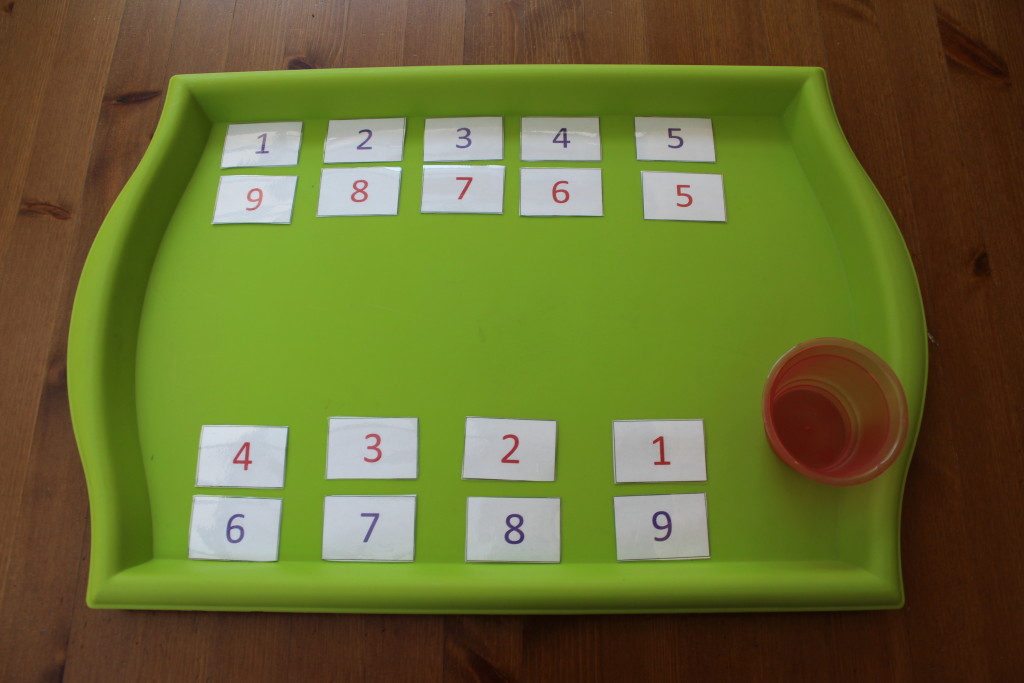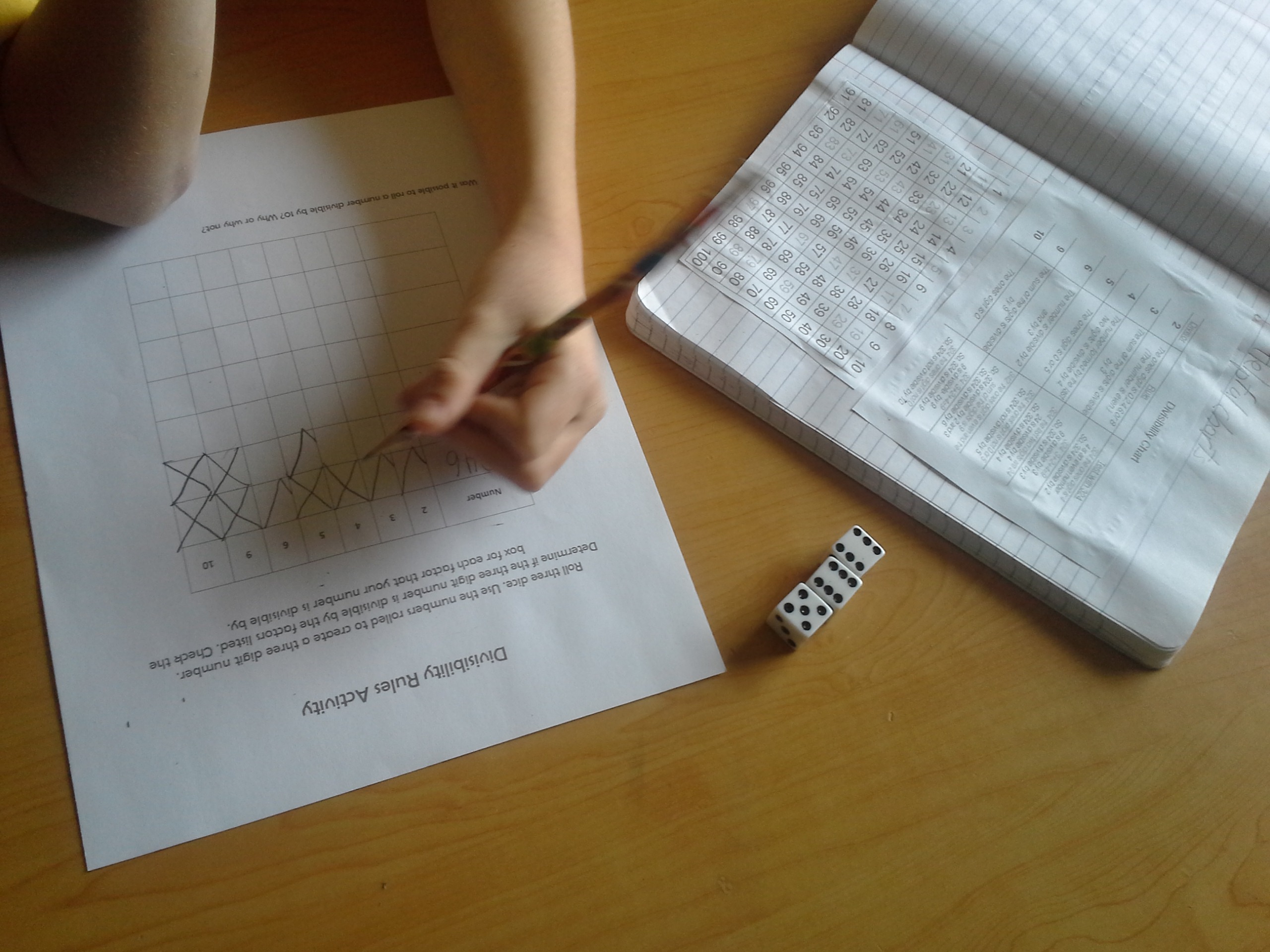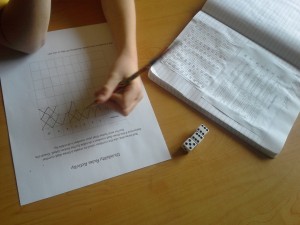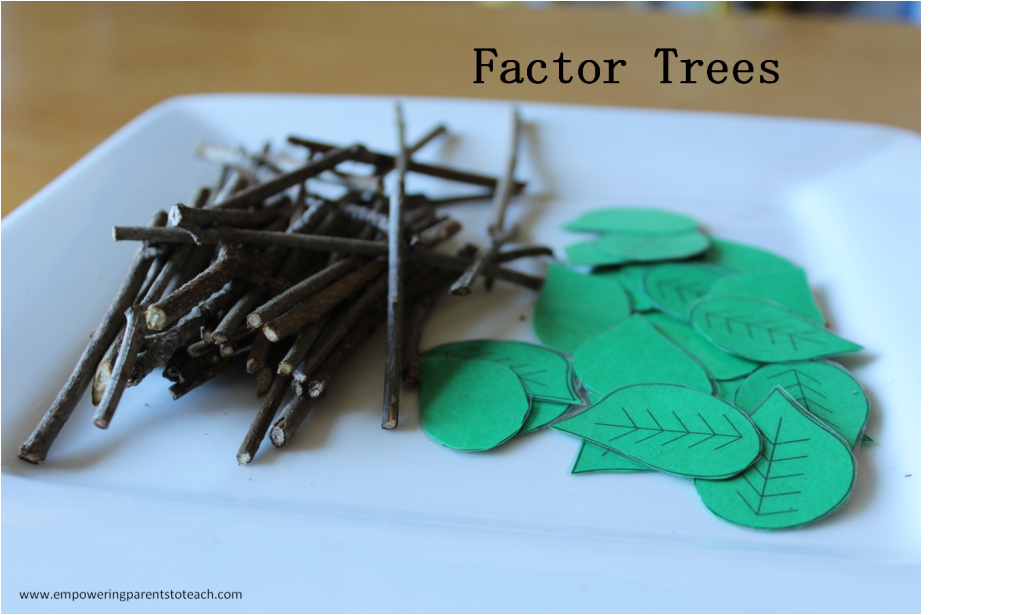Do you have a child that loves ninjas or martial arts? This is the place for you. I have nine awesome books to delight your little one and a fun way to incorporate math into martial arts. Get ready to turn your child into a math ninja!
*Note: This post contains affiliate links.
First, get your little ninja inspired by reading one of these stories:
Ninja! by Arree Chung
Ninja Bunny by Jennifer Gray Olson
Ninja Cowboy Bear Presents the Way of the Ninja by David Bruins
Dojo Daycare by Chris Tougas
Nighttime Ninja by Barbara DaCosta
Wink: The Ninja Who Wanted to be Noticed by J.C. Philipps
Ninja Boy Goes to School by N.D. Wilson
Little Kunoichi, The Ninja Girl by Sanae Ishida
My Grandma’s A Ninja by Todd Tarpley
 Activity:
Activity:
Since ninjas must be agile, strong, and mentally sharp they must train their bodies and minds. This activity will have your child feeling like a ninja in training.
Materials:
There are two options for materials. You can easily use stuff around your home or you can use martial arts gear. To illustrate the activity, I used store bought gear. We had the items at home already!
Option 1- Store bought gear:
- Punch mitts
- Kid size boxing gloves
- Post-it notes (for the older kid version of this activity)
Option 2- Things around your home:
- Small square pillows to punch
- Bare hands
- Post-it notes (for the older kid version of this activity)
This activity is so simple! Give your child a math fact that he or she can do in his or her head. It may be simple addition, subtraction, multiplication, etc.; It all depends on your child’s math level. When your child provides the answer he or she must punch the bags in an alternating fashion the same number of times as their answer. If the answer was seven, your child would punch the bags seven times.
Another option for older kids who may get very large answers, is to assign one bag as the tens and one bag as the ones. You can even label the bags. So, if your child gets an answer of 95, s/he would punch the “tens” bag nine times and the “ones” bag five times. For children learning base ten concepts, this option may be useful.
You can make this activity even simpler for toddlers by just giving your child a number and punching the bags in that same quantity. If your child tries to punch too fast and thus punches too many times, slow your child down and show him or her how to accurately punch while saying each number (1, 2, 3…). It’s about having one punch for each number stated. Your child will be practicing one to one correspondence by doing this.
Keep giving your ninja math facts until you sense they are losing interest or breath. ![]()











